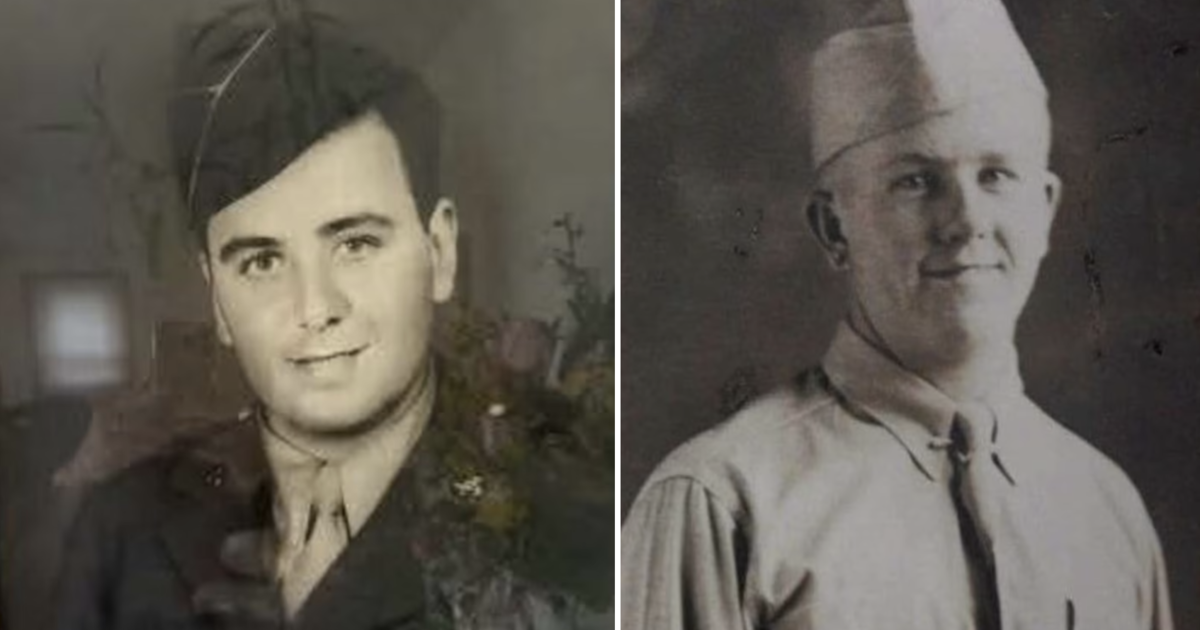The recent identification of two World War II American soldiers, Sgt. Jack Zarifian and Pvt. Rodger D. Andrews, highlights the enduring efforts to account for missing personnel and bring closure to families after decades of uncertainty. Their stories underscore the complexities of recovering and identifying remains from intense combat zones, the dedication of organizations like the DPAA, and the power of advancements in forensic science. The painstaking investigations that ultimately led to their identification illustrate the determination to honor these soldiers’ sacrifices and provide a proper burial for them and their families. Their stories also demonstrate the lengths to which families, historians, and the DPAA will go to find the missing loved ones and the true meaning of never forgetting.
The Identification of Sgt. Jack Zarifian
Discovery and Recovery
Sgt. Jack Zarifian, a 19-year-old from Bridgeport, Connecticut, perished during fierce fighting near Buchhof, Germany, on April 6, 1945, after being struck by a rocket. His remains were initially unrecoverable due to the intense combat. Decades passed, and his name remained inscribed on the Walls of the Missing at the Lorraine American Cemetery in France. A breakthrough occurred in October 2023 when German officials contacted the DPAA, reporting the discovery of possible American remains at a construction site near Buchhof. The remains were excavated along with items believed to belong to Zarifian, including artifacts consistent with U.S. military personnel of that era.
Analysis and Confirmation
The recovered items and remains underwent a thorough analysis process. This involved a range of techniques, including anthropological analysis examining the skeletal structure, dental comparison to existing records, and mitochondrial DNA analysis to compare the remains’ genetic material to family members’ DNA. This multi-faceted approach maximized the chances of achieving accurate and irrefutable identification. The circumstantial evidence, coupled with scientific analysis, ultimately proved conclusive, leading to the identification of Sgt. Zarifian on May 10, 2024.
The Case of Pvt. Rodger D. Andrews
Initial Circumstances and Challenges
Pvt. Rodger D. Andrews, another 19-year-old soldier, served in Company C, 37th Engineer Combat Battalion, and participated in the D-Day landings at Omaha Beach in Normandy, France. The intensity of the fighting on June 6, 1944, made it difficult to determine precisely how Andrews was killed. In the chaos, his remains initially remained unidentified. Despite the challenges presented by the aftermath of the battle, remains designated X-48 St. Laurent were discovered in 1946. An initial assessment revealed a belt bearing Andrews’ initials; however, concerns over possible exchange of items between soldiers and other physical similarities between the unknown remains and Andrews’s profile meant an identification was impossible to determine. The unidentified remains were interred at the Normandy American Cemetery.
Re-evaluation and Confirmation
In 2014, spurred by renewed family inquiries, the DPAA revisited Andrews’ case. A thorough reassessment of the circumstances surrounding his death and a renewed examination of the belt and other clothing items associated with the X-48 remains were conducted. The evidence convinced investigators to exhume the remains in 2019, and they were transferred to the DPAA laboratory for advanced forensic analysis. Utilizing the same sophisticated techniques employed in Zarifian’s case, including anthropological, dental, and mitochondrial DNA analysis, a definitive identification of Andrews’ remains was made on June 5, 2024.
The Significance of These Recoveries
The successful identification of both Sgt. Zarifian and Pvt. Andrews showcases the enduring commitment to account for every missing service member. The meticulous processes and advanced scientific techniques employed in their identification offer hope to other families still awaiting the return of their loved ones. The willingness of families to engage with the DPAA for these protracted cases highlights the profound longing for resolution and closure. This serves to demonstrate the never ending hope which many families and the DPAA continue to operate under, while continually improving and pushing the capabilities of forensics and genealogical expertise to continually bring more of these veterans home. The work of the DPAA underscores the profound importance of remembering the fallen.
Lessons Learned and Future Implications
The discoveries and identification procedures highlight advancements in forensic technology and investigative techniques crucial for solving these cold cases that span decades. The cooperation between international agencies further emphasizes the significance of global collaborative efforts in the ongoing recovery missions for fallen soldiers. These successful recoveries underscore the need to preserve records, conduct detailed analysis, and remain adaptable to the ever-evolving techniques employed by forensic professionals. Moreover, they serve as testaments to the resilience of the human spirit and highlight the enduring power of memory, hope, and unwavering dedication. This continues to motivate professionals in the effort to solve cases across decades for both these service members, and future unidentified remains discovered through countless other missions conducted both here and abroad. This case study demonstrates how, even after years, a successful investigation can be achieved and families can be brought to closure through the continued and steadfast efforts of both the DPAA, and those families still seeking an answer.
Take Away Points:
- Advanced forensic techniques, including DNA analysis and anthropological studies, were crucial to identifying the remains.
- International cooperation and collaboration between government agencies played a critical role in the recovery.
- The DPAA’s enduring commitment to locating and identifying missing service members highlights its dedication.
- The perseverance of families and their continued efforts in searching for closure played a critical role in successfully locating these individuals.
- These recoveries represent both triumphs in forensic science and symbolic achievements of accountability and commemoration.









